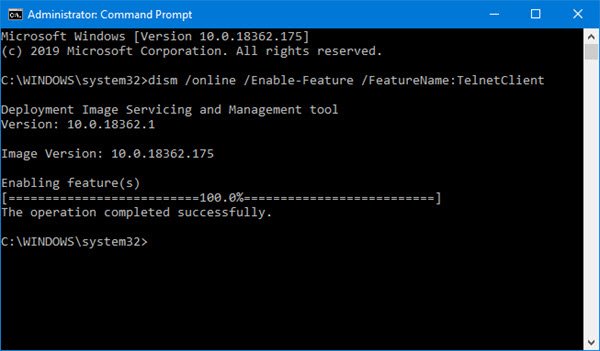

Not that long ago, we started investigating all sorts of malware and crapware that gets installed automatically any time you don’t pay attention while installing software. Wrapping Up and Using the Tools Together.Analyzing and Managing Your Files, Folders, and Drives.Using PsTools to Control Other PCs from the Command Line.Using BgInfo to Display System Information on the Desktop.Using Autoruns to Deal with Startup Processes and Malware.Using Process Monitor to Troubleshoot and Find Registry Hacks.Using Process Explorer to Troubleshoot and Diagnose.What Are the SysInternals Tools and How Do You Use Them?.Steps to change the default display adapter vary by device, so contact the manufacturer for more information. For example, on some systems, you can right click your desktop and select the software associated with your additional display adapter.


If your system has more than one display adapter, also called a graphics card, you can try switching your system’s default display adapter. Typical ports are HDMI, VGA, DVI, and DisplayPort. If your system has more than one video output port, try plugging your external monitor into one of the other video output ports. If those didn’t work, here are more possibilities: This can help to isolate whether the issue is with the monitor or the primary system Try using the external monitor with a different system. If the new one works, you know the previous cable was faulty. Try changing the cable connecting the external monitor. Make sure the cable connecting your PC to your external monitor is secure. Connected docks, dongles, adapters and other hardware can cause conflicts. If you’re not seeing what you expect on the external monitor, start with basic hardware troubleshooting:ĭisconnect all accessories from your PC.


 0 kommentar(er)
0 kommentar(er)
